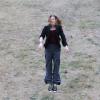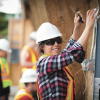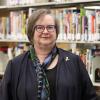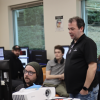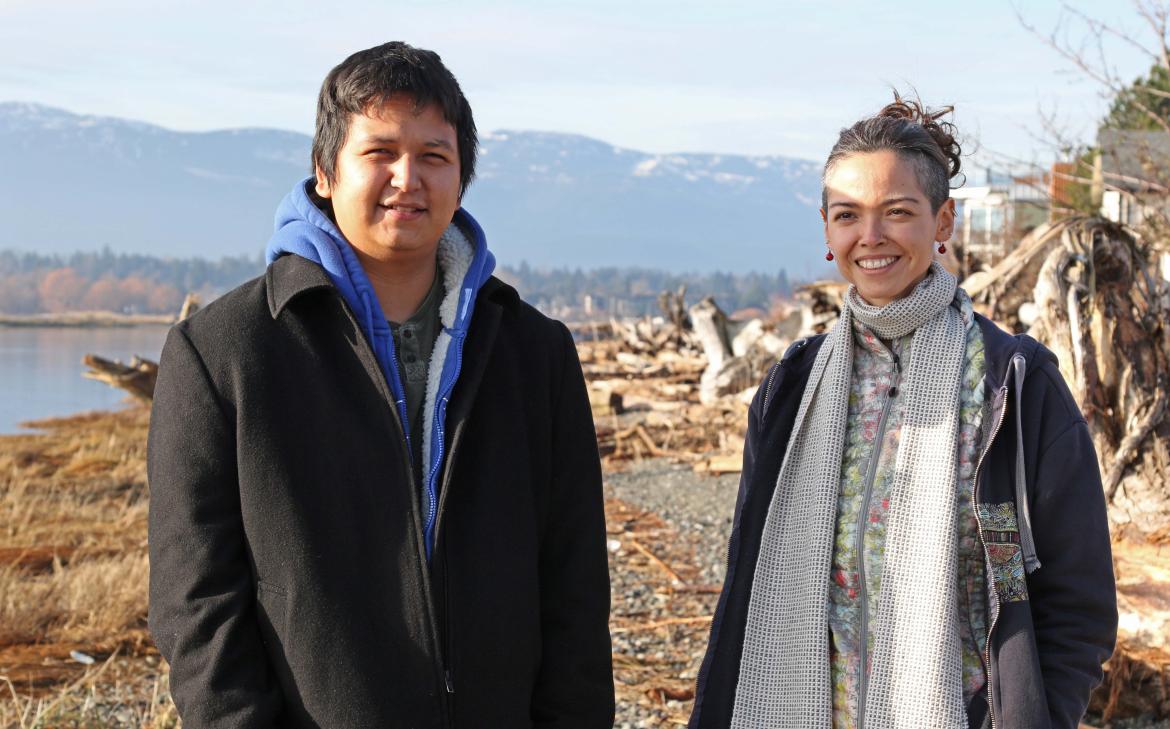
The First Nations Stewardship Technicians Training Program has taught Harold Glendale and Angela Davidson skills they use every day in their roles as guardians with Da’naxda’xw/Awaetlala First Nation.
July 4, 2018 - 5:15pm
The community-based First Nations Stewardship Technicians Training Program developed to meet needs identified by different Nations
A unique program at Vancouver Island University (VIU) is helping First Nations communities monitor their lands and waters.
The First Nations Stewardship Technicians Training Program provides specialized training to work in the field of resource management. Designed and developed in partnership with First Nations communities in response to a growing desire to increase capacity in natural resource management, the courses are delivered in-community over a two-year time period in one-week sessions. This format allows participants to continue working while they go through the program.
Harold Glendale, a Senior Guardian for Da’naxda’xw/Awaetlala First Nation in the Alert Bay/Knight Inlet region, uses the skills he learned in the program daily in his job. His job includes surveying fish, shellfish and vegetation populations; interacting with the public, either to make sure they are obeying the laws or staying out of danger; or documenting sites of historical importance to his Nation, such as ancient burial or hunting grounds.
“My favourite part of the job is being able to go out in my territory every day, learning everything I should be learning about my people,” says Glendale.
Knight Inlet, a rugged and remote area of the Coast Mountain Range near the tip of northern Vancouver Island, is home to one of the largest concentrations of grizzly bears in BC, as well as other wildlife and natural features. Much of Glendale’s job in the summer months is educating recreational boaters and checking for forest fires. The guardians have information packages to give to tourists that cover how to co-exist with wildlife safely and ensure their impact on the environment is minimal.
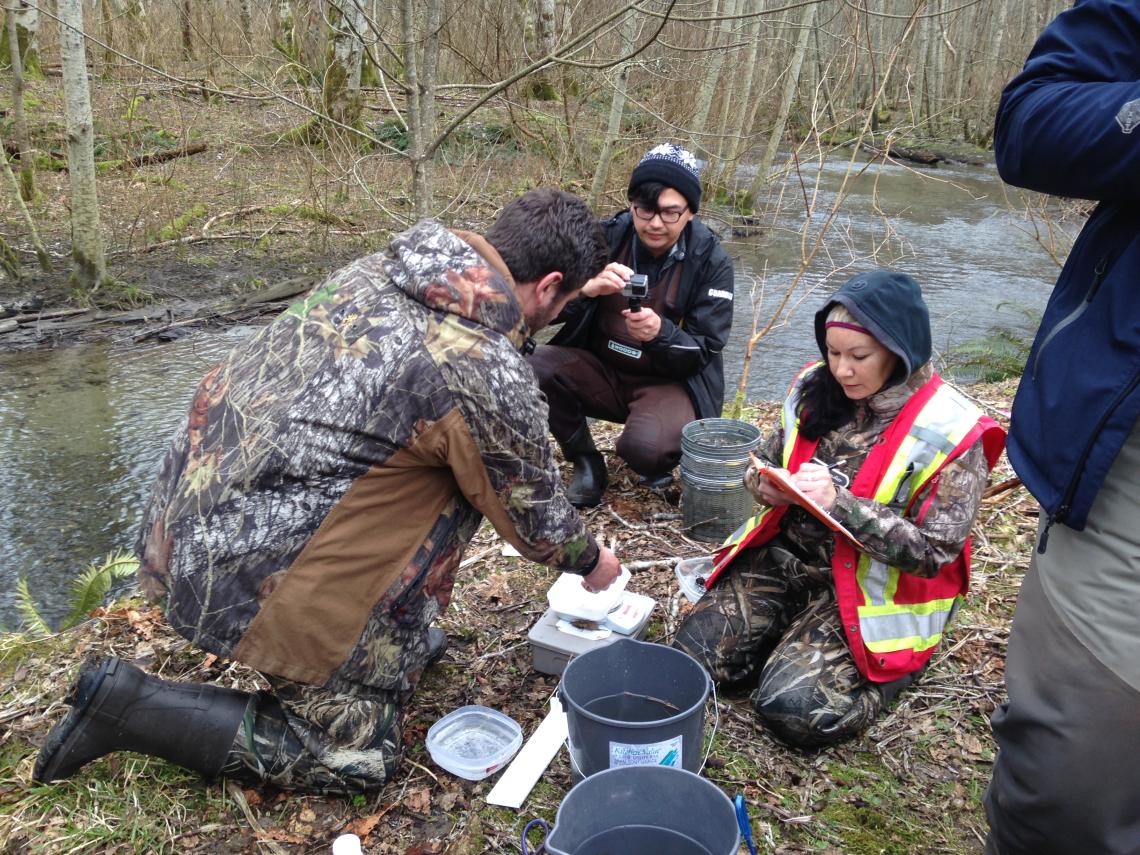 “Everything we learned in the classroom has prepared me to talk to strangers in a way that doesn’t escalate the situation,” he says. “I approach people before they get to the beach and ask them to respect the area. People usually aren’t being bad visitors on purpose, they just don’t have the information or know what the consequences are.”
“Everything we learned in the classroom has prepared me to talk to strangers in a way that doesn’t escalate the situation,” he says. “I approach people before they get to the beach and ask them to respect the area. People usually aren’t being bad visitors on purpose, they just don’t have the information or know what the consequences are.”
For Angela Davidson, a Junior Guardian with Da’naxda’xw/Awaetlala First Nation, the program is helping her better communicate her culture with visitors to the region.
“My interest lies in the cultural pieces, how to show others how our people have respected the land for generations, educating both non-Indigenous and Indigenous people on this respect for the land,” she says.
Davidson, who just moved back to her traditional territory three years ago after living in Calgary for most of her life, says the guardian role is new to First Nations communities and they are still figuring out what being a steward of the land means.
“As guardians, our roles are so huge and it’s so new – the possibilities are endless as to what we can do,” she says. “For me, being a guardian is being in my territory and being a steward of my Nation’s land. Thanks to this program, we are developing connections with other guardians up and down the Island, building a network of support.”
Sheila Cooper, VIU’s Indigenous Community Engagement Coordinator, says the program was designed and developed by VIU in partnership with the Coastal First Nations – Great Bear Initiative, an alliance formed to assert First Nations leadership in creating a new, conservation-based economy in traditional territories of member Nations. The Coastal First Nations run a Coastal Stewardship Watchmen program and were looking for a training program that met their specific needs. The University has also partnered with Nanwakolas Council to deliver the program in their territory.
VIU’s program includes 14 courses designed to deliver standardized training to students on all aspects of stewardship, including essential field skills, how to conduct archaeological inventories, resource monitoring skills, communicating with the public, and a cultural awareness course that delves into Indigenous history.
Cooper says students walk away from the program with credits they can use towards an undergraduate degree if they choose to take their education further and a range of certifications that can be used for other careers, such as the BC Parks Administration certificate, which is required to work as a BC Park Ranger.
“We are bringing university courses to community, providing a bridging opportunity for students, it opens that door for them,” she says.
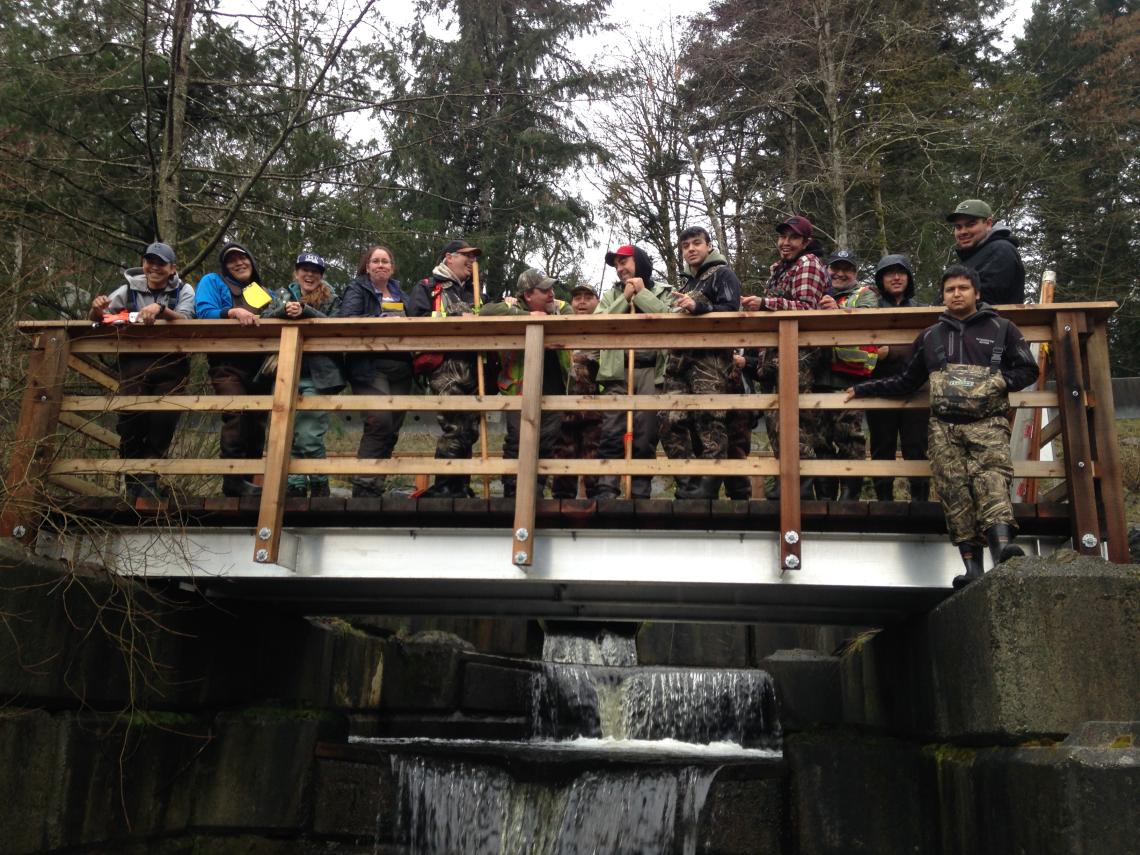 Greg Johnson, former community co-ordinator of the Stewardship Technician Training Program with Nanwakolas Council, an alliance of six First Nations that partnered with VIU to deliver the program in-community in the Courtenay area, says the program empowers individuals to work within their territory doing such activities as acquiring a baseline data set to better understand current environmental health, partnering with governments and NGOs, educating the public about First Nations territories, monitoring current activities and working with industry partners.
Greg Johnson, former community co-ordinator of the Stewardship Technician Training Program with Nanwakolas Council, an alliance of six First Nations that partnered with VIU to deliver the program in-community in the Courtenay area, says the program empowers individuals to work within their territory doing such activities as acquiring a baseline data set to better understand current environmental health, partnering with governments and NGOs, educating the public about First Nations territories, monitoring current activities and working with industry partners.
“There is significant work that needs to be done,” he says. “It’s another step in the Nations being able to assert their rights and title in their territories, having a better idea of what’s going on as well as being able to educate the public on whose territory they are in.”
To view a video of the latest Nanwakolas Council cohort graduating, click here. For more information, visit the Training in Communities homepage.
-30-
MEDIA CONTACT:
Jenn McGarrigle, Communications Officer, Vancouver Island University
P: 250.740.6559 | C: 250.619.6860 | E: Jenn.McGarrigle@viu.ca | T: @VIUNews
Tags: Indigenous | Teaching and Learning

